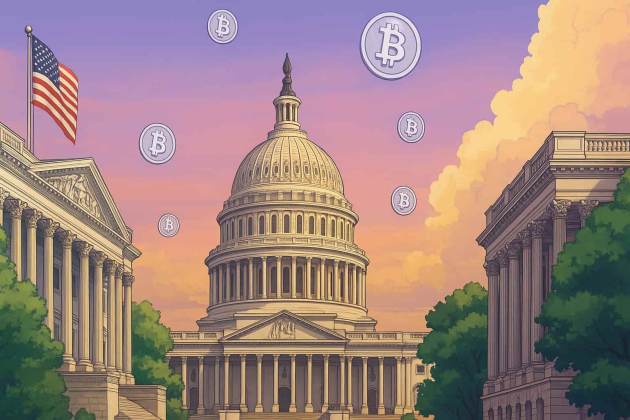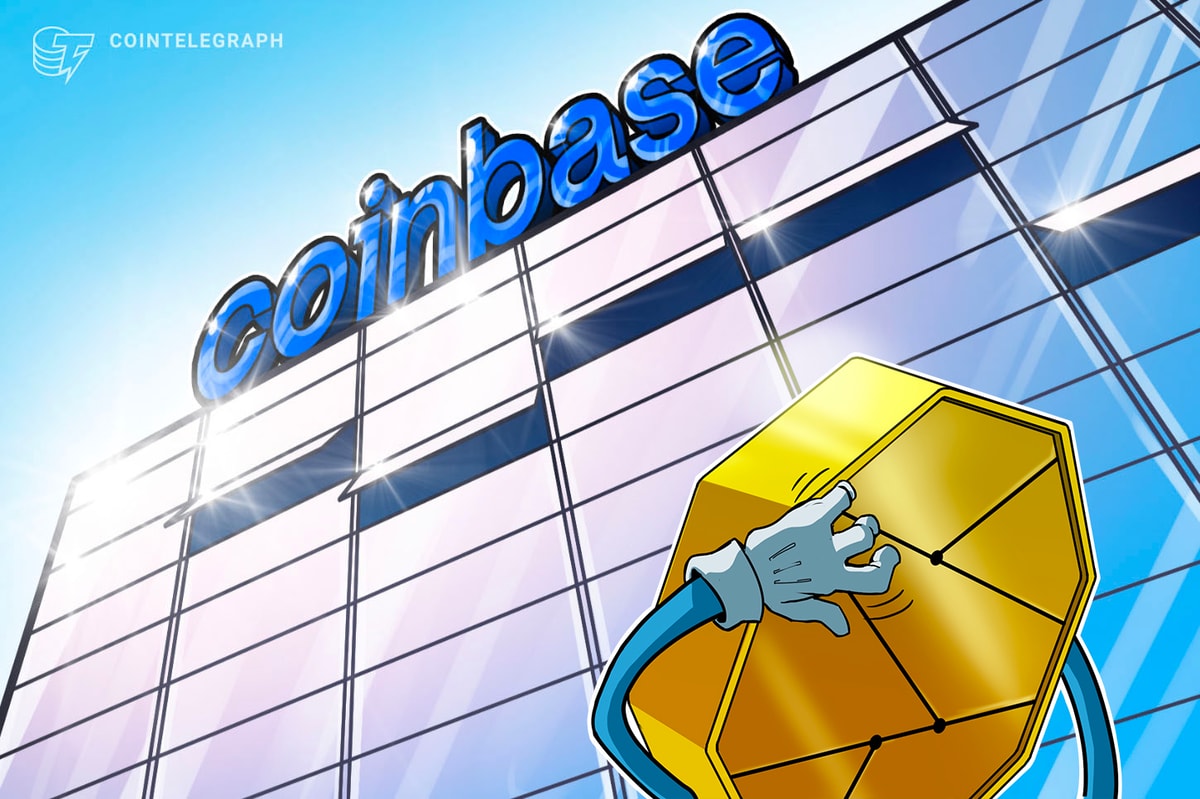Real estate is one of the largest asset classes in the world, with over $280 trillion in market value. Investing in property has persisted as highly attractive and advantageous due to the relative stability of real estate compared to traditional equities and higher earning potential than a low-risk bond.
Although the current value of residential real estate is at its highest in 16 years, and the market is projected to increase consistently, inefficiencies and inaccessibility to the market leave a substantial amount of potential untapped. However, blockchain technology could remedy current shortcomings, quickly catapulting the sector to significantly higher valuations. Leveraging the power of blockchain and non-fungible tokens (NFTs) to tokenize real estate could optimize the industry and expand the pool of potential investors.
The convergence of real estate and tokenization has considerable implications for property developers, owners and investors. Tokenization is the issuance of ownership of physical or digital assets as non-fungible tokens (NFTs) on a blockchain. Less than 1% of real estate market capitalization is tradable on an exchange. Tokenizing the private real estate industry could significantly increase capital and market participation by enabling 24/7 trading to a historically illiquid industry.
The original ways of gaining exposure to real estate
Real estate investment trusts (REITs) were the first innovation developed to tackle some of the market’s inefficiencies. They were originally formulated to make real estate investing more attainable by allowing individual investors an avenue to invest in large-scale real estate developments. Projects are only added to a REIT once they become income-producing, which still leaves most investors locked out of the profitable construction and initial sale of these large commercial properties.
A private real estate investment’s life cycle begins with the challenging task of raising capital, progresses with land or property acquisition, continues with obtaining permit approvals and finishes with construction. Once construction is complete, and a property is ready to be delivered, it can take another few years to stabilize and prepare the project for sale.
As a result, investors are only able to realize gains upon the sale of the property. Subsequently, the new owner can add the project to a REIT, finally making it available to public investors. The present framework is a time-consuming and complex undertaking that could benefit from improvements enabled by blockchain technology and tokenization.
During the capital raise period, tokenization can extend access to new sources of capital on a retail and institutional level. Leveraging blockchain’s smart contracts and seamless peer-to-peer transferability allows for fractionalization — the process of democratizing ownership by dividing a token across multiple parties. Fractional ownership broadens the audience for scaling investments in a way that far exceeds the limitations of traditional exchanges.
Tokenizing real estate
Tokenizing real estate enables streamlined, automated custodial and operational processes. Operating on an immutable ledger with programmable smart contracts enables tasks such as capital table administration and corporate actions to be automated, diminishing human error. Additionally, tokenized assets are hypothecated in a way that enables the use of blockchain’s transparent public ledger, facilitating a more efficient mode of pledging assets that eliminates costly intermediaries.
Once capital is secured, private real estate projects must plan and apply for the requisite permits from regulatory bodies. The asset identification and feasibility stage are currently illiquid and untradeable. Liquidity goes hand-in-hand with valuation, but creating it in private real estate markets has always been challenging, especially in the early stages. Tokenization offers improved liquidity and value escalation by enabling investor-to-investor transfers.
Real estate owners can tokenize the building’s infrastructure, creating value that can trade on a secondary market. Receiving permits to add infrastructure to purchased land creates value in the eyes of potential purchasers, which owners can sell at a premium. The circulation of tokenized real estate assets could boost project awareness at this otherwise stealth stage while acting as a lien on the overall project. A deal with direct recourse back to the asset in case of default can instill greater lender confidence.
Upon delivery of the real estate project, ownership will work toward stabilizing the cash-flowing asset and receiving price discovery. Price discovery is achieved through a formal appraisal process that is only conducted quarterly. Alternatively, if there is enough volume in the market, owners can retrieve bids and asks from peers to develop their own price or value of the asset.
Both methods are costly and time-consuming. Conversely, tokenized assets allow issuers to leverage alternative trading systems (ATSs) to retrieve bids and asks from potential buyers, ultimately speeding up the process of price discovery and eliminating some intermediaries, such as formal appraisers. This better, faster, more cost-effective way of arriving at the asset’s valuation has the potential to allow investors to earn higher profit margins.
Once project valuation has been established, the focus shifts to asset disposition. This final stage includes burdensome administrative tasks associated with the close of a real estate sale. Purchasers require verification of asset value through traceable means to gather hypothecation history (an account of whether the asset is currently loaned or used as collateral). We see this frequently in traditional markets with bonds.
The current issue facing traditional asset formation is its lack of trackability. Tokenization allows for automated workflows with blockchain’s transparent, immutable ledger that provides publicly auditable transactions.
Most people in society interact with real estate in some form, making it a digestible market to invest in. The real estate industry’s vast size and outdated framework present a considerable opportunity to realize significant benefits from tokenization. That being said, there are some obstacles to overcome.
Those interested in real estate tokenization (such as investors, issuers and more) must first understand their role in this emerging technology and decide whether creation and cooperation is the best option. The lack of familiarity, regulatory clarity and safeguards for issuers and investors needs to be addressed as well. Doing so will help provide investors and issuers with more confidence.
Tokenization creates a market where companies can retain more cash on hand, raise capital, close funds quicker and automate administrative processes. Real estate owners and investors understand the inefficiencies of the current market firsthand. Blockchain and tokenization may provide the much-needed upgrade the industry calls for to align with ongoing modernizations in the financial industry and the world.
Jerald David is President of Arca Labs, Arca’s innovation division that creates and registers digital securities and tokenized funds.
This article was published through Cointelegraph Innovation Circle, a vetted organization of senior executives and experts in the blockchain technology industry who are building the future through the power of connections, collaboration and thought leadership. Opinions expressed do not necessarily reflect those of Cointelegraph.
Learn more about Cointelegraph Innovation Circle and see if you qualify to join











